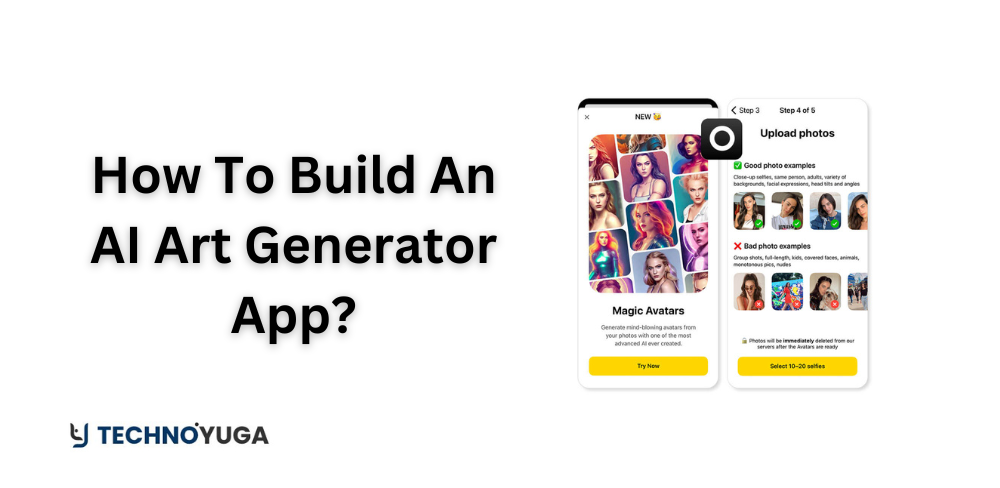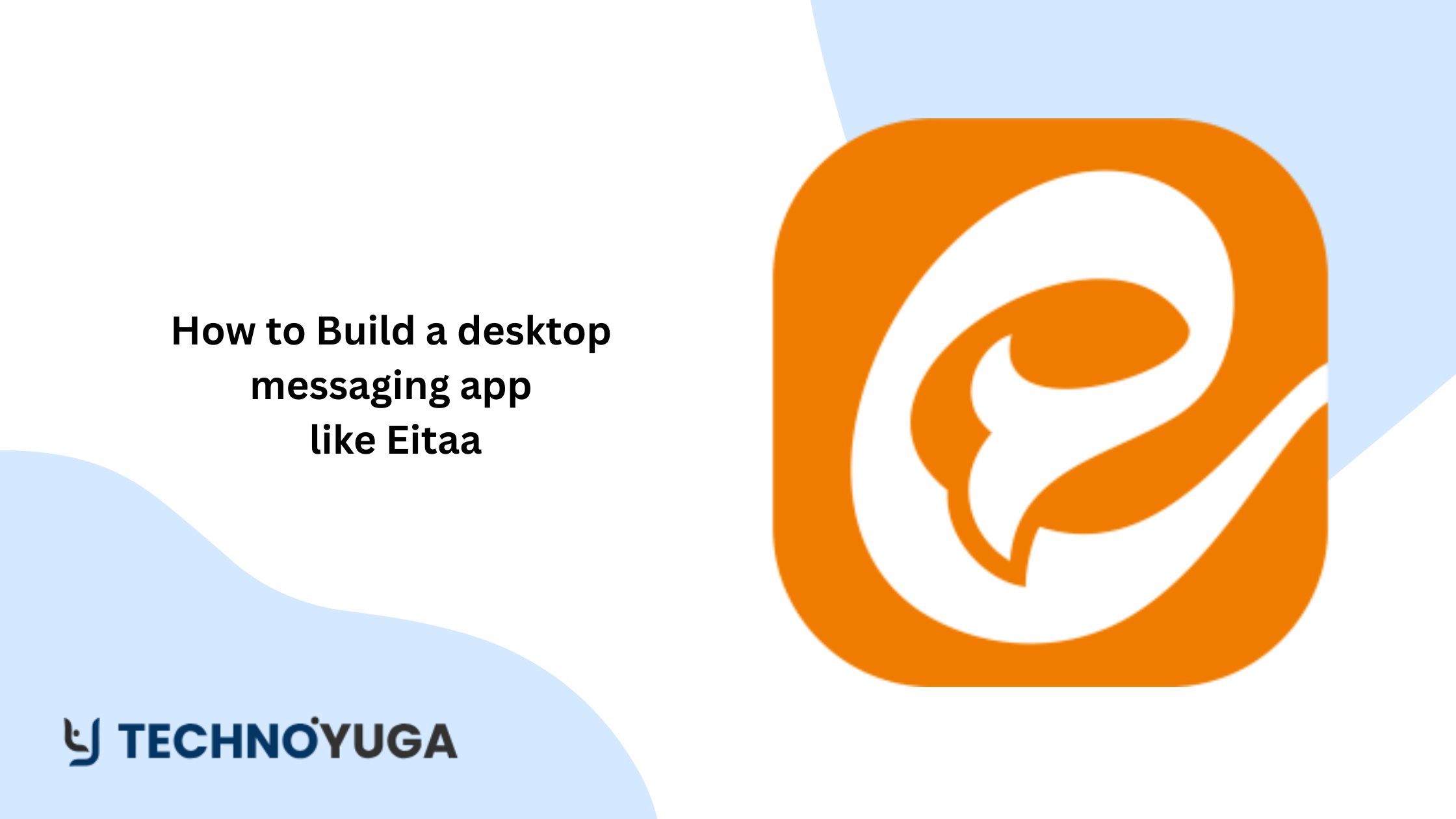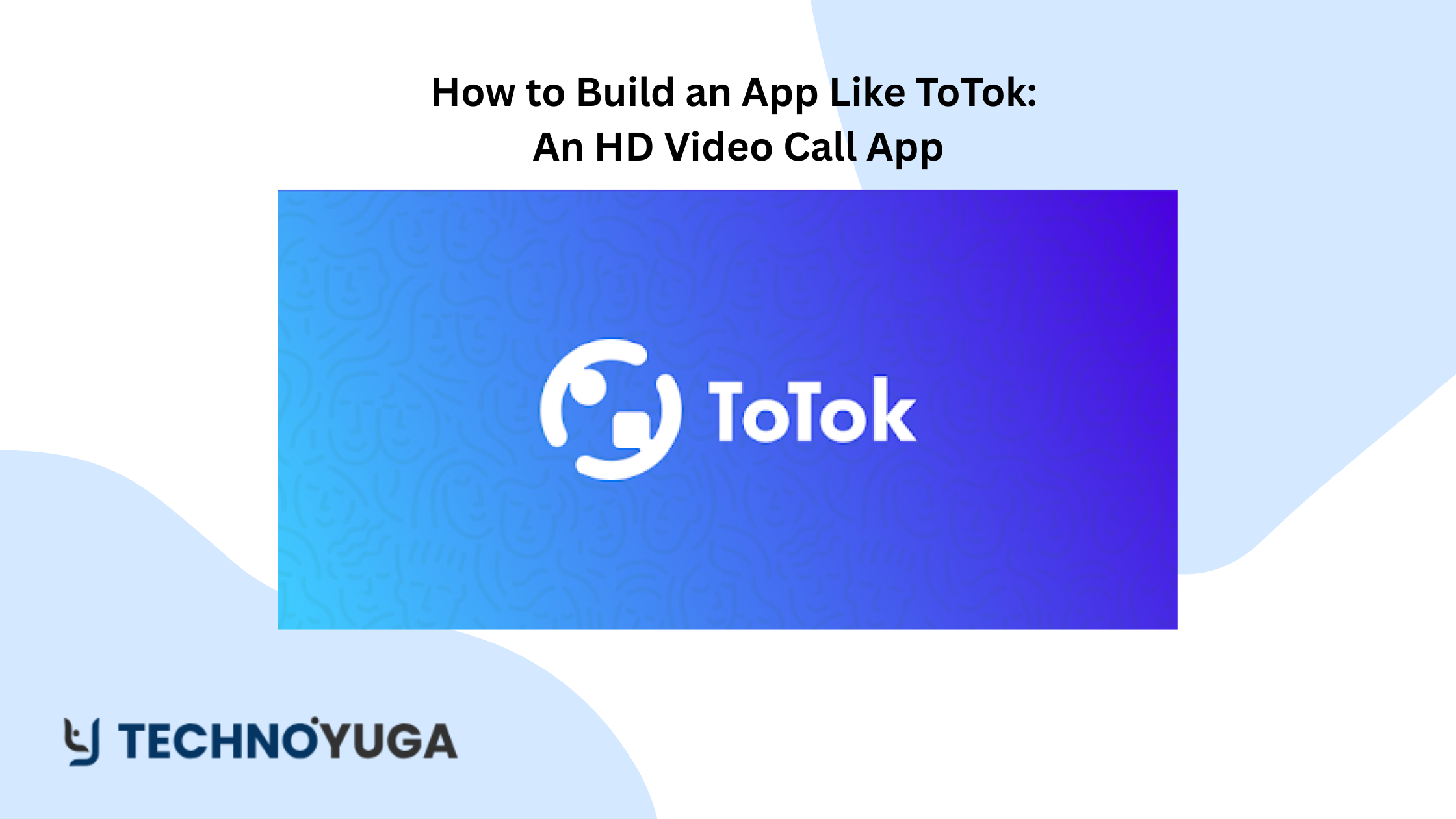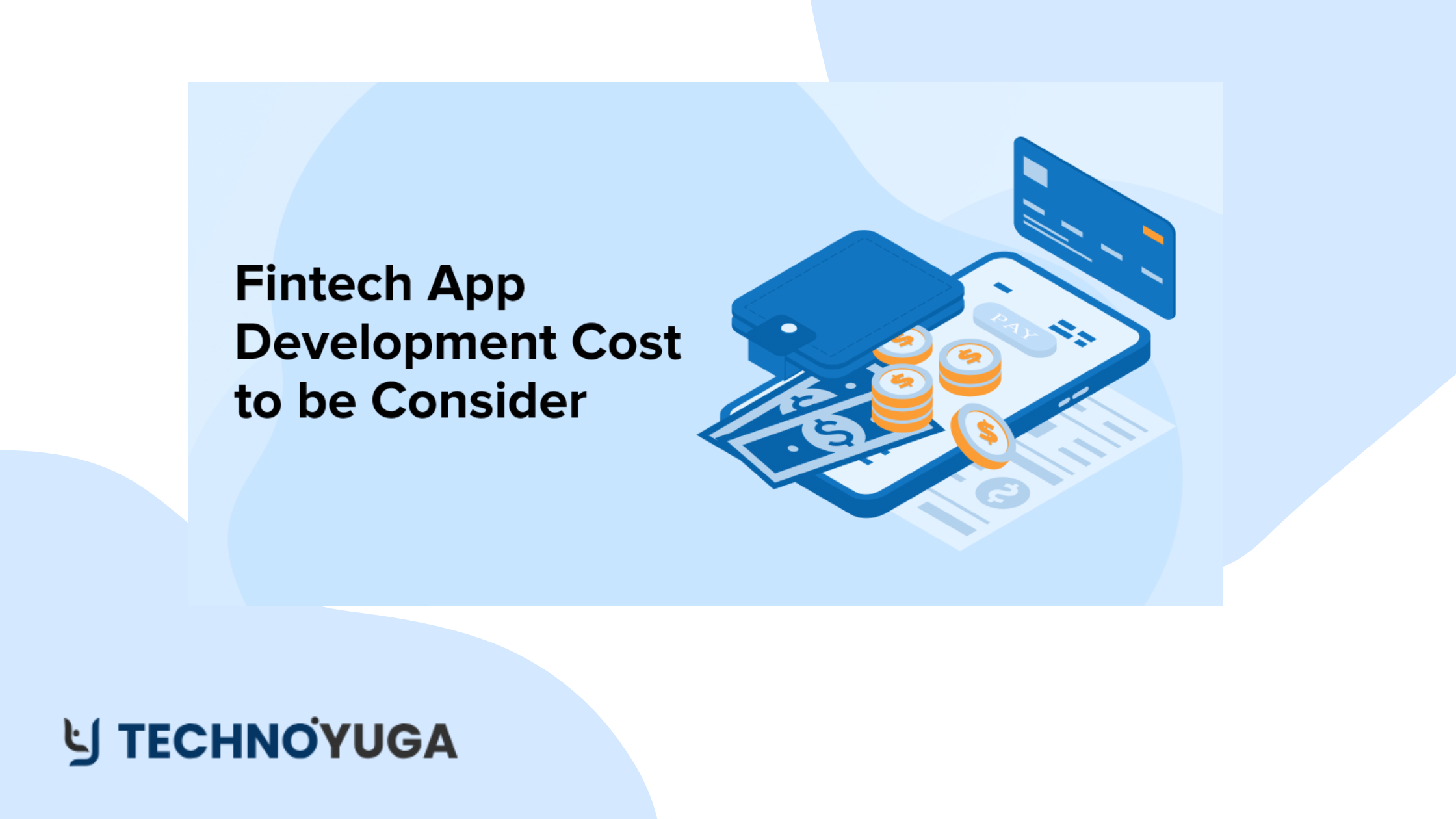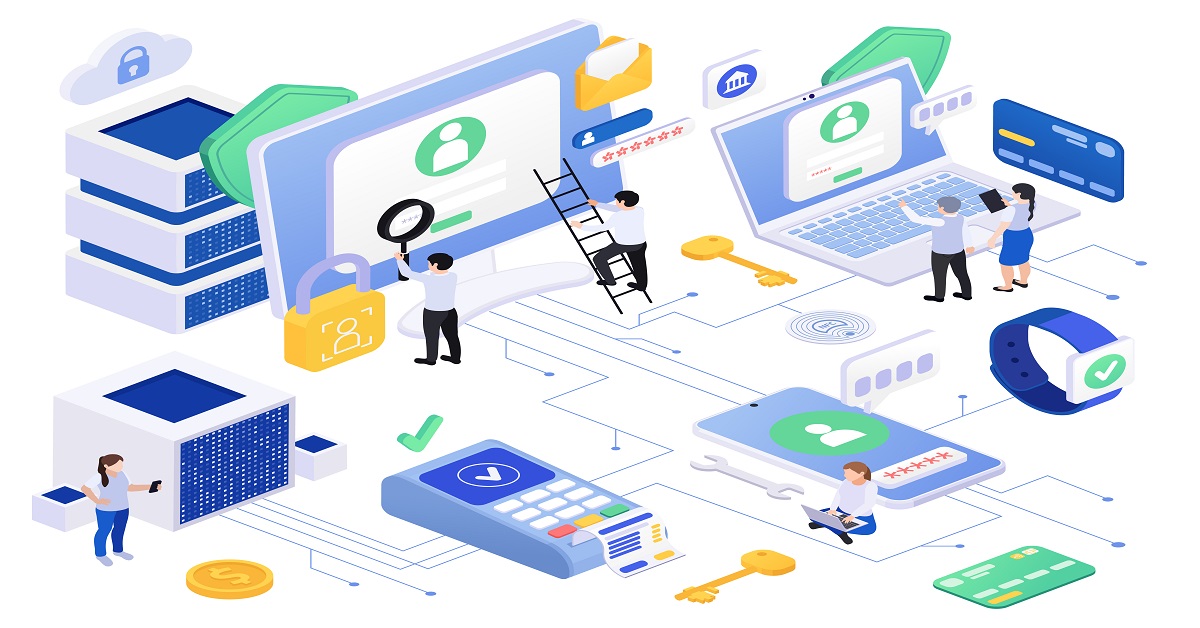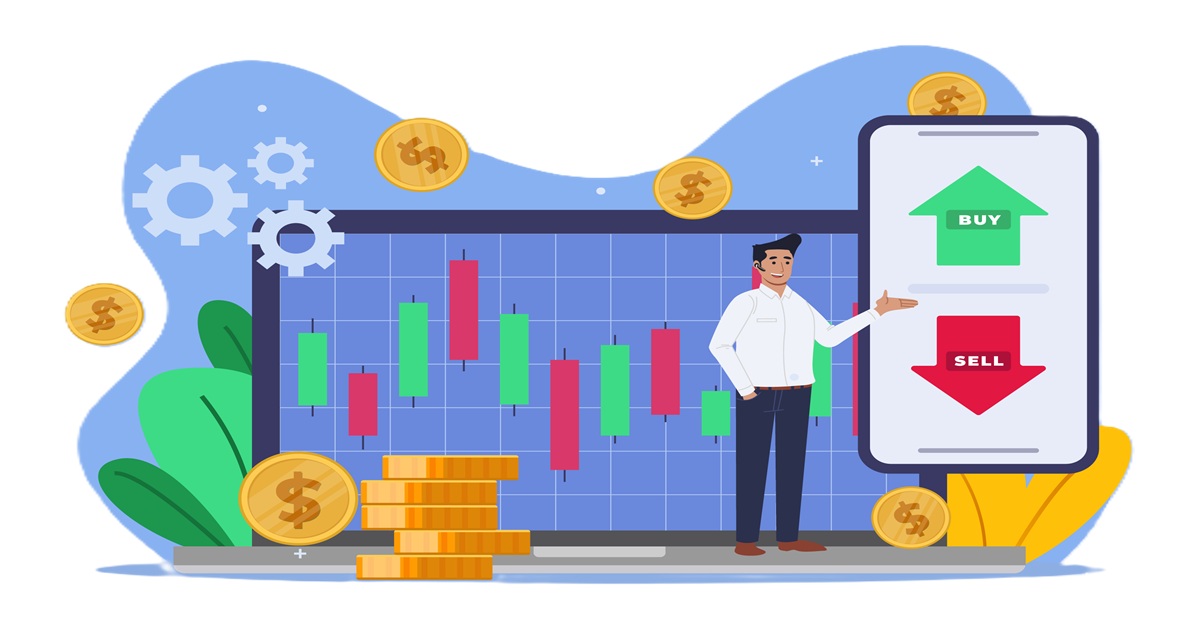Are you fascinated by the concept of creating an AI Art Generator App but need more clarification on the next steps to take? Your quest for guidance ends here. AI art generator apps have become immensely popular, allowing users to generate dazzling images within seconds effortlessly.
The generative AI market and the AI art generator app development company have experienced significant growth and are projected to continue expanding in the coming years. Artificial intelligence has revolutionized art creation by seamlessly merging human creativity with machine intelligence. Consequently, many businesses are eager to invest in the AI art generator app development. If you’re considering venturing into this space and planning to build AI art generator app, this comprehensive guide is useful for you.
Let’s dive in.
Understanding the Landscape of AI Art Generation
Before rooting into the details of an AI art generator app development, it’s essential to grasp the landscape of AI art generation. AI-powered art generation leverages deep learning algorithms to create original artwork, often mimicking the styles of famous artists or generating entirely new compositions. These algorithms analyze vast datasets of images to learn patterns and styles, enabling them to generate visually stunning artwork exclusively.
Key Considerations Before Embarking on Development
Building an AI art generator app involves several crucial considerations. Here are some key factors to keep in mind:
1. Identifying Your Target Audience
Understand the demographics and preferences of your target audience. The targeted group could be professional artists, hobbyists, or casual users who are interested in exploring artistic expression.
2. Defining Your App’s Unique Selling Proposition (USP)
Determine what sets your AI art generator app apart from existing solutions. Establishing a compelling USP is essential for success, whether it’s innovative features, a user-friendly interface, or unique artistic styles.
3. Researching Legal and Ethical Considerations
AI app development company must ensure compliance with copyright laws and ethical guidelines when using AI algorithms to generate artwork. Respect intellectual property rights and avoid infringing on existing artworks or trademarks.
4. Assessing Technical Feasibility
Evaluate the technical feasibility of implementing AI algorithms within your app. Consider computational requirements, data storage, and scalability factors to ensure smooth operation and optimal performance.
Steps to Develop an AI Art Generator App
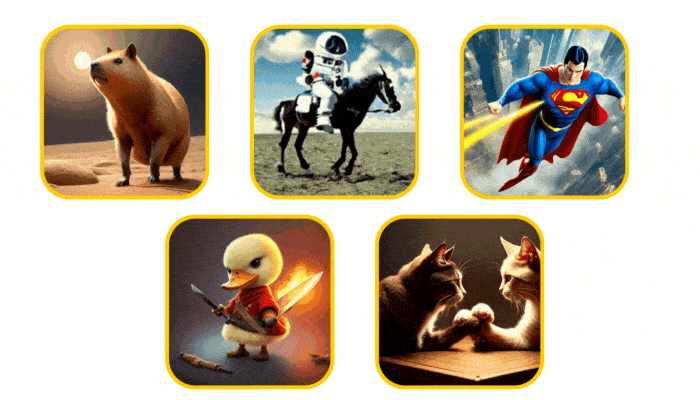
Now that we’ve covered the foundational aspects, let’s assess the step-by-step process of developing an AI art generator app:
Step 1: Define Your Project Scope
The first step in developing an AI art generator app is to define the project scope. Determine the types of artwork your app will generate, such as paintings, illustrations, or digital sculptures. Identify the key features and functionalities that will differentiate your app from competitors.
Step 2: Choose the Right AI Technology Stack
Selecting the optimal AI technology stack is crucial for the success of your app. Consider factors such as the complexity of the AI models, the programming languages and frameworks best suited for implementation, and the availability of pre-trained models or APIs.
Step 3: Design a User-Friendly Interface
Designing a user-friendly interface is essential for enhancing the user experience of your AI art generator app. The AI art generator app company must hire dedicated developers to create built-in navigation paths, visually appealing layouts, and interactive elements that seamlessly guide users through the art creation process.
Step 4: Develop AI Algorithms for Art Generation
Develop AI algorithms to generate high-quality artwork based on user input and preferences. Utilize deep learning techniques such as convolutional neural networks (CNNs) or generative adversarial networks (GANs) to train models on large artistic styles and composition datasets.
Step 5: Integrate Feedback Mechanisms
Implement feedback mechanisms to improve the accuracy and quality of artwork generated by your AI algorithms. Collect user feedback, analyze usage patterns, and refine your models to enhance performance and user satisfaction.
Step 6: Test and Optimize Performance
Thoroughly test your AI art generator app across different devices and operating systems to ensure compatibility and reliability. Identify and address performance issues or bugs through in-depth testing and optimization processes.
Step 7: Launch and Market Your App
The AI art generator app company must focus on Android and iPhone app development and launch it in relevant app stores such as the Apple App Store or Google Play Store. Develop a comprehensive marketing strategy to promote your app, including social media campaigns, influencer partnerships, and targeted advertising to reach your desired audience effectively.
The Operational Dynamics of an AI Art Generator App
The operational dynamics of an AI art generator app involve leveraging artificial intelligence to craft unique and visually captivating artwork. Users initiate the creative journey by selecting a base image or template, providing the foundation for the artwork generation process. Users can explore various artistic styles, effects, and themes within the app’s interface.
Deep learning algorithms play a pivotal role in the app’s functionality by analyzing the user’s input and applying artistic transformations to generate customized artwork. These algorithms consider factors such as color schemes, brushstrokes, and other details, allowing users to fine-tune their creations according to their preferences.
The app provides users with flexibility and control over the artistic process, enabling them to adjust various parameters to achieve their desired results. With a simple tap or click, the app processes the user’s input and generates a final masterpiece. This artwork is then ready for sharing or additional customization, empowering users to express their creativity uniquely.
Costs Involved in Building An AI Art Generator App
The costs to build an AI app can vary depending on several factors, such as the complexity of the app, the features included the development team’s expertise, and the technology stack used. Here’s a breakdown of the potential costs:
1. Development Team
The largest portion of the cost typically goes to hire dedicated developers, designers, and AI experts. The team may include front-end and back-end developers, UI/UX designers, machine learning engineers, and quality assurance testers. The rates for these professionals can vary based on their experience and location. For example, hiring a developer from a developed country may cost more than hiring from a country with lower labor costs.
2. Technology Stack
The choice of technology stack can significantly impact the development cost. AI art generator apps typically require complex algorithms and models for image processing and generation. The cost may include licensing fees for using third-party AI frameworks or libraries. Additionally, there may be associated costs if the app requires integration with external APIs or services.
3. Features and Functionality
The cost will also depend on the features and functionality you want to include in the app. Basic features such as image selection, style selection, and basic editing tools will cost less than advanced features like real-time style transfer, image manipulation, or social sharing capabilities. Each feature will require additional development time and resources, thus increasing the overall cost.
4. Design and User Experience
Investing in a user-friendly interface and appealing design is essential for attracting users. Costs associated with UI/UX design will depend on the complexity of the design and the level of customization required. High-quality design work may require hiring experienced designers and may incur higher costs.
5. Testing and Quality Assurance
Testing is crucial to ensure the app functions as intended and is free from bugs and errors. The cost of testing will depend on the scope and complexity of the app. It may include manual, automated, and compatibility testing across different devices and platforms.
6. Maintenance and Support
After the app is launched, ongoing maintenance and support are necessary to address any issues, implement updates, and ensure compatibility with new operating systems or devices. The maintenance cost will depend on the frequency of updates and the required level of support.
Conclusion!!!
In conclusion, embarking on the development of an AI art generator app presents a thrilling opportunity to tap into the intersection of technology and creativity. As the demand for innovative solutions in the digital art space continues to grow, building an AI art generator app holds immense potential for businesses and developers alike. By leveraging deep learning algorithms and advanced AI technologies, developers can create a platform that empowers users to explore their artistic expression in unprecedented ways.
However, an AI art generator company must approach the development process with careful planning and consideration of various factors such as target audience, unique selling proposition, legal and ethical considerations, and technical feasibility. Building a successful AI art generator app requires a multidisciplinary team of developers, designers, AI experts, and a solid understanding of user needs and preferences.
Additionally, the costs involved in building an AI art generator app can vary depending on the app’s complexity, the features included, and the technology stack used. From hiring a skilled development team to investing in robust testing and quality assurance processes, budgeting appropriately is essential to ensure the success of the project.
Ultimately, by prioritizing user experience, innovation, and adherence to ethical standards, developers can create an AI art generator app that delights users and pushes the boundaries of digital art creation. As AI technology continues to evolve, the possibilities for AI-powered creativity are limitless, and building an AI art generator app is a significant step towards unlocking this potential.
Frequently Asked Questions
Q1. What is the difference between an AI art generator app and traditional art creation software?
Traditional art creation software typically requires manual input and skill from the user to produce artwork, whereas an AI art generator app utilizes deep learning algorithms to automatically generate artwork based on user input or predefined styles. AI art generator apps often offer unique features such as style transfer and automatic generation of artwork, setting them apart from traditional software.
Q2. How can I ensure the generated artwork is unique and not plagiarized from existing pieces?
To ensure uniqueness and avoid plagiarism, AI art generator apps should incorporate algorithms that analyze vast datasets of images to learn patterns and styles without directly replicating existing artwork. Implementing measures to respect copyright laws and intellectual property rights is crucial for ethical AI art generation.
Q3. What technical expertise is required to develop an AI art generator app?
Developing an AI art generator app requires a team of skilled professionals, including developers proficient in AI technologies such as deep learning and machine learning, designers capable of creating intuitive user interfaces, and AI experts knowledgeable about image processing and generation algorithms. While technical expertise is essential, collaboration and interdisciplinary skills are equally important for successful app development.
Q4. Can users customize the generated artwork to suit their preferences?
Users can typically customize the artwork in AI art generator apps by adjusting parameters such as color schemes, brushstrokes, and details. Some apps may also offer advanced editing tools and options for fine-tuning the artistic style to achieve desired results. Providing users with flexibility and control over the creative process enhances their overall experience with the app.
Q5. What are the ethical considerations when developing an AI art generator app?
Ethical considerations in AI art generation include ensuring transparency about the use of AI algorithms, respecting intellectual property rights, and addressing potential biases in the generated artwork. Developers should also prioritize user privacy and data protection and provide clear guidelines on how user-generated content may be used or shared within the app. Integrating ethical principles into the design and development process is essential for building trust and fostering responsible AI usage.
